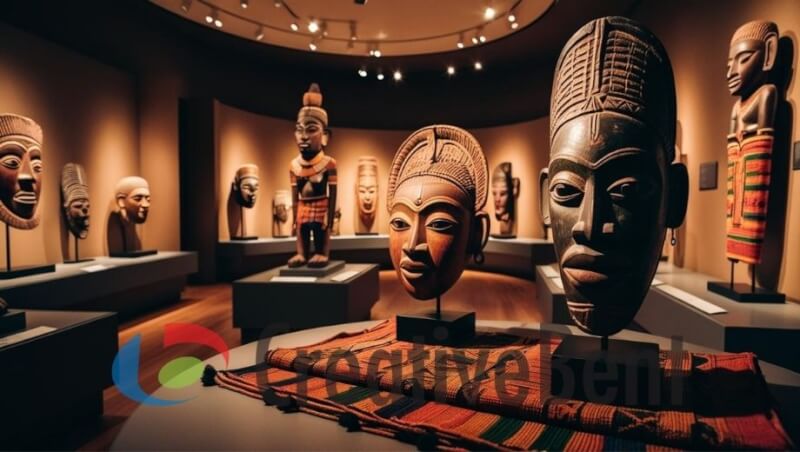
African art is a vibrant and complex reflection of the continent’s rich history, diverse civilisations, and profound spirituality. African art represents a wide range of creative traditions and emotions, from prehistoric sculptures and masks to contemporary paintings and installations. In this one-of-a-kind piece, we embark on an exploration journey to celebrate African art’s singular beauty, originality, and cultural importance.
African Art’s Diverse Styles
African art includes a vast range of styles, techniques, and topics that vary by location and culture, reflecting the continent’s diversity. African art demonstrates the creativity and diversity of its artists, from the Kuba empire’s powerful geometric motifs to the Maasai people’s exquisite embroidery.
Abundant Cultural Legacy and Importance
African art draws on the continent’s rich cultural traditions and legacy. Crafts like as weaving, carving, and mask-making have been passed down through the generations as ways to express spirituality, tell stories, and identify a community. African art incorporates symbols, motifs, and rituals that convey messages of resilience, togetherness, and cultural pride.
Symbolic and Spiritual Significance
A great deal of African art reflects the close relationship between religion, art, and daily life by being infused with spiritual and metaphorical connotations. In religious rituals, rites of passage, and social ceremonies, masks, sculptures, and ceremonial objects are frequently employed as portals between the material and spiritual worlds. Symbols are used to tell stories, honor ancestors, and deliver messages. Examples of these symbols are geometric patterns, animals, and plants.
Originality and Modern Expressions
African art is evolving and adapting to the modern period, even if it is founded on old conventions. Contemporary African artists are exploring new mediums, techniques, and ideas to express the complexities of modern life while honouring their cultural history. African artists are challenging traditional art forms and experimenting with new modes of creative expression, such as mixed-media installations and digital art.
Influence and Recognition Worldwide
African art has recently gained international recognition and appreciation. Exhibits, art fairs, and museum collections dedicated to African art have helped visitors better understand the continent’s artistic achievements and cultural contributions. African artists are gaining global recognition as a result of their remarkable achievements, which include commissions, residencies, and awards.
Learning about African art is an exploration of the heart and soul of one of the world’s most lively and diverse continents, rather than a study of artistic processes and aesthetics. African art celebrates the people’s persistence, innovation, and cultural diversity through both traditional and modern forms. As we learn more about and appreciate African art, we have a better grasp of the long-standing legacy of innovation, originality, and cross-cultural exchange that defines this dynamic and ever-changing artistic tradition.




